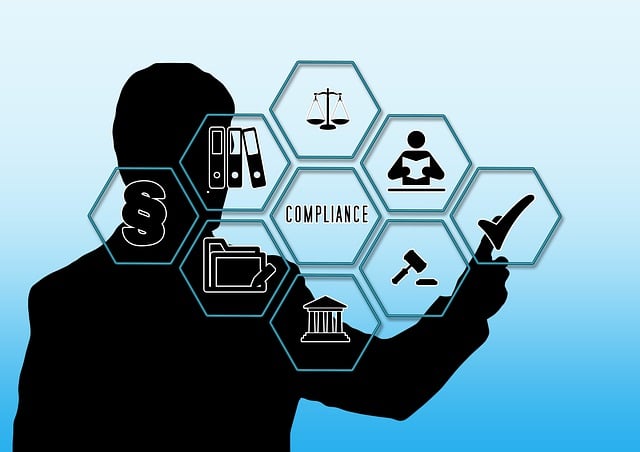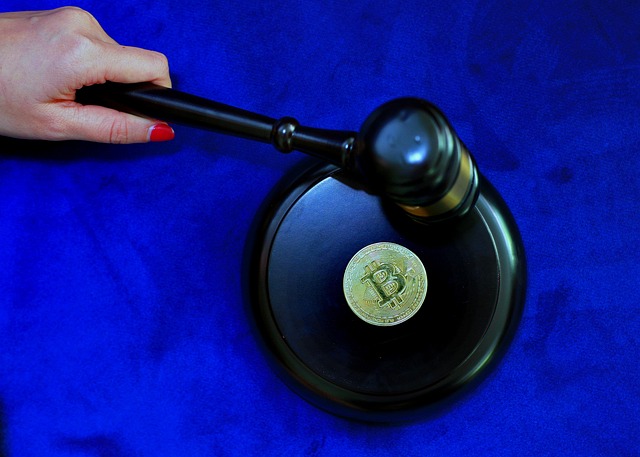Global efforts to combat climate change have intensified with stricter emissions laws targeting pollutants like CO2, NOx, and PM. Select Emissions Regulations focus on sectors like transportation, energy production, and manufacturing. Countries like the EU and California set benchmarks with robust policies encouraging electric vehicles, renewable energy, and sustainable practices. While challenging for industries, these regulations drive investments in cleaner technologies and promote environmental stewardship alongside economic growth. Future laws will target broader pollutant control and incorporate green technologies for climate change mitigation.
“Unveiling the world’s strictest emissions laws: A comprehensive guide. With global efforts intensifying to combat climate change, understanding the most stringent environmental policies becomes paramount. This article delves into the intricate details of select emissions regulations, defining key terms and exploring leading examples from around the globe. We examine implementation challenges, industry adaptations, and future trends, offering insights into the evolving landscape of sustainable living.”
- Global Efforts: An Overview of Strict Emissions Standards
- Defining Key Terms: Emissions, Regulations, and Compliance
- Leading Examples: World's Stringent Environmental Policies
- Implementation Challenges and Industry Adaptations
- Future Trends: Evolving Standards for Sustainable Living
Global Efforts: An Overview of Strict Emissions Standards

In response to growing environmental concerns and the urgent need to combat climate change, global efforts have been intensifying to establish stringent emissions laws and regulations worldwide. These measures aim to reduce pollution, mitigate greenhouse gas emissions, and ensure sustainable practices across various industries. Governments and international bodies are collaborating to set targets and implement strict standards for sectors such as transportation, energy production, and manufacturing.
One notable trend is the adoption of more selective Emissions Regulations focusing on specific pollutants and their sources. This includes the implementation of green building emission standards, promoting sustainable manufacturing practices, and developing natural gas emission reduction plans. Additionally, urban air quality monitoring systems have become vital tools in gauging the effectiveness of these regulations and guiding future policies. These global initiatives showcase a concerted effort to create a cleaner, more sustainable environment through stringent emissions controls.
Defining Key Terms: Emissions, Regulations, and Compliance

Emissions refer to the release of pollutants and harmful substances into the atmosphere, which can have significant environmental impacts. These include greenhouse gases, such as carbon dioxide (CO2), that contribute to climate change, and air pollutants like nitrogen oxides (NOx) and particulate matter (PM), which are linked to various health issues.
Regulations, in this context, are laws and policies established by governments or regulatory bodies to control and reduce emissions. They set standards for acceptable emission levels, implement methods for compliance monitoring, and often include provisions for penalties on non-compliant entities. Compliance refers to the act of adhering to these regulations, ensuring that emissions do not exceed permitted limits. This involves implementing measures such as technological advancements in pollution control devices, process modifications, or adopting electric vehicle adoption policies to reduce overall environmental impact. Additionally, biomass energy emission concerns and water pollution control measures are also integral parts of comprehensive emissions regulations, highlighting the need for a multifaceted approach to mitigate different types of pollution.
Leading Examples: World's Stringent Environmental Policies

Some countries have taken remarkable strides in implementing the strictest emissions laws globally. These leading examples showcase a commitment to environmental preservation and sustainable practices. For instance, the European Union’s (EU) regulations on emissions are among the most stringent worldwide. The EU has set ambitious targets for reducing greenhouse gas emissions, with policies focusing heavily on transportation and power generation sectors. Stringent automotive emissions rules in the EU have driven innovation in electric vehicles and alternative fuel technologies.
Another notable case is California, which has implemented robust environmental policies, including strict renewable energy emission limits and natural gas emission reduction plans. The state’s unique position as a global economic powerhouse and its forward-thinking approach to regulation have made it a model for sustainable development. These leading examples demonstrate that stringent emissions controls can foster environmental stewardship while also driving technological advancements and economic growth.
Implementation Challenges and Industry Adaptations

Implementing strict emissions laws presents significant challenges for industries worldwide. The transition to cleaner energy sources and processes requires substantial investments in technology and infrastructure. Many power plants, particularly those relying on fossil fuels, face the daunting task of retrofitting or replacing equipment to meet stringent greenhouse gas limits. This process can be costly and time-consuming, impacting operational efficiency and profitability.
Industries are adapting by embracing innovative solutions and adopting more sustainable practices. Emission compliance laws encourage the development and adoption of advanced pollution control technologies, such as carbon capture and storage (CCS) systems. Moreover, businesses are exploring alternative energy sources like renewable options and improving energy efficiency to reduce overall emissions. The Clean Air Act amendments have prompted a reevaluation of existing practices, pushing companies to prioritize environmental sustainability alongside economic growth.
Future Trends: Evolving Standards for Sustainable Living

As the world grapples with the urgent need for sustainable living, future trends in emissions laws are poised to evolve significantly. The focus is shifting towards more stringent air quality standards interpretation, with regulations targeting not just carbon dioxide but a broader spectrum of pollutants. This includes the promotion of biofuel emission benefits, which can reduce greenhouse gases and local pollution control initiatives.
The global community is increasingly recognizing the role of sustainable practices in climate change emission mitigation. Future laws may incorporate innovative solutions such as the implementation of green technologies, renewable energy sources, and stricter enforcement mechanisms. These developments are driven by a growing understanding that addressing emissions is not just about compliance but also about fostering a healthier environment for future generations.
The world is witnessing a significant shift towards stringent emissions laws, driven by global efforts to combat climate change. By understanding key terms, examining leading examples, and acknowledging challenges, we can appreciate the profound impact of these regulations on industries worldwide. As we look ahead, future trends suggest an evolution in emission standards, paving the way for sustainable living and mitigating environmental impacts. Among the various select emissions regulations, the global community’s commitment to stricter norms is a testament to our collective responsibility towards preserving the planet for future generations.
